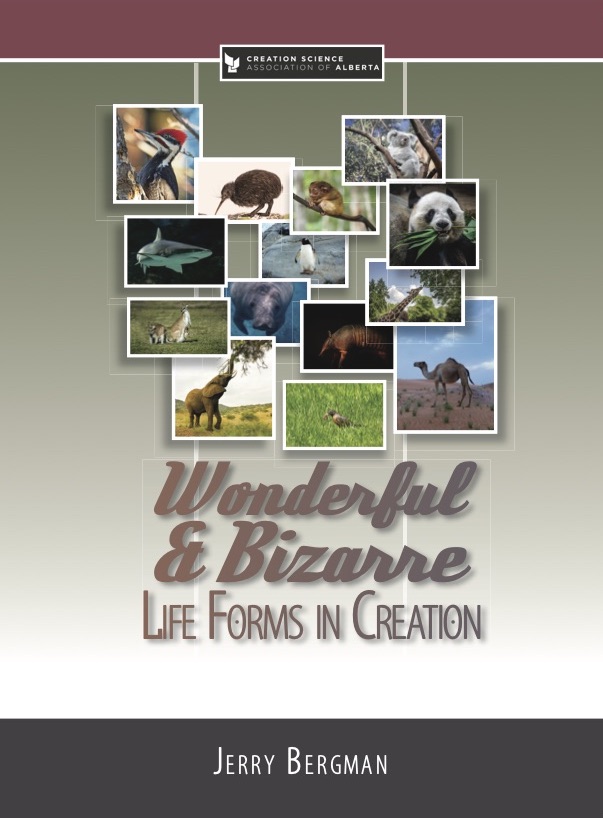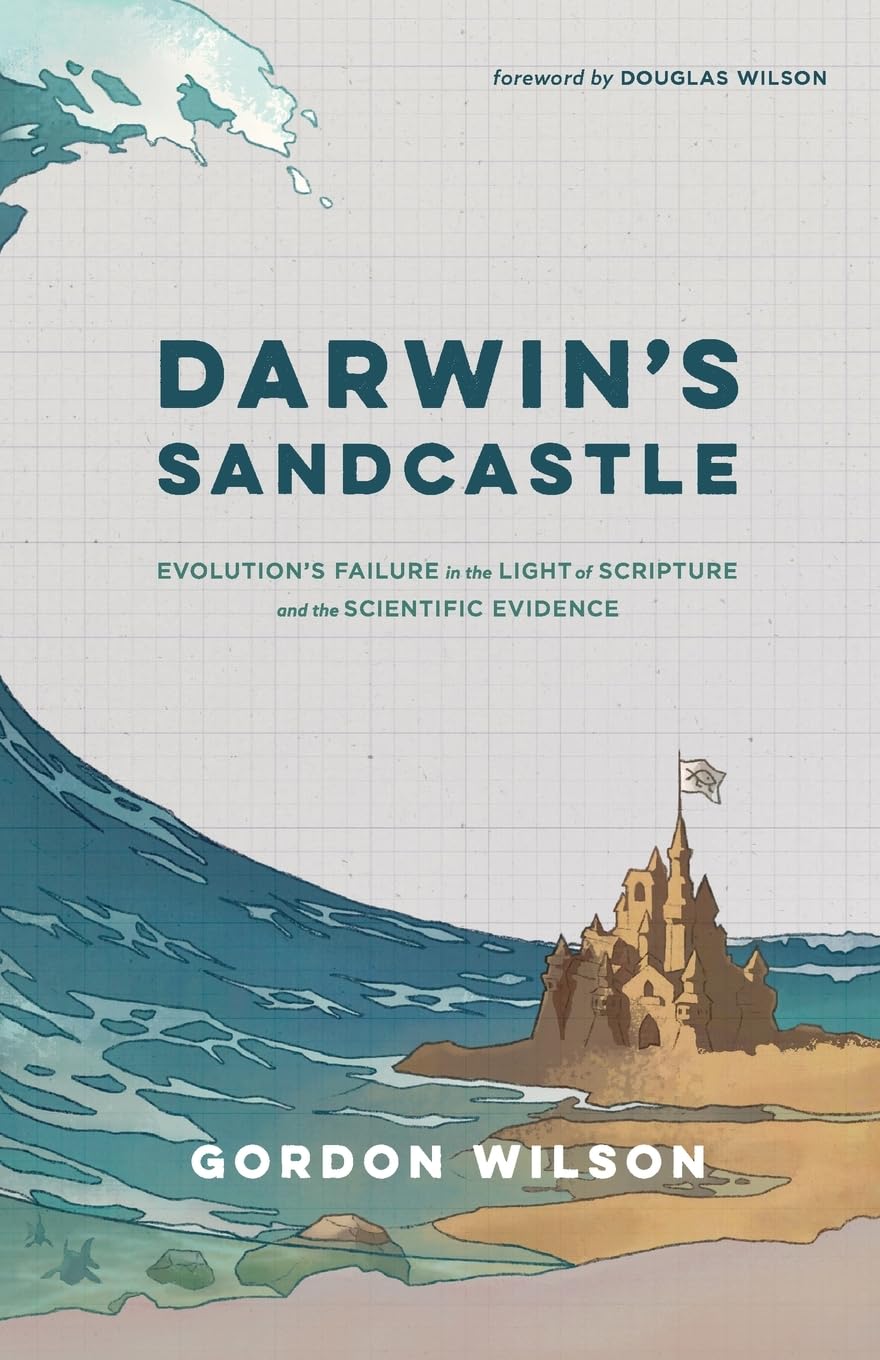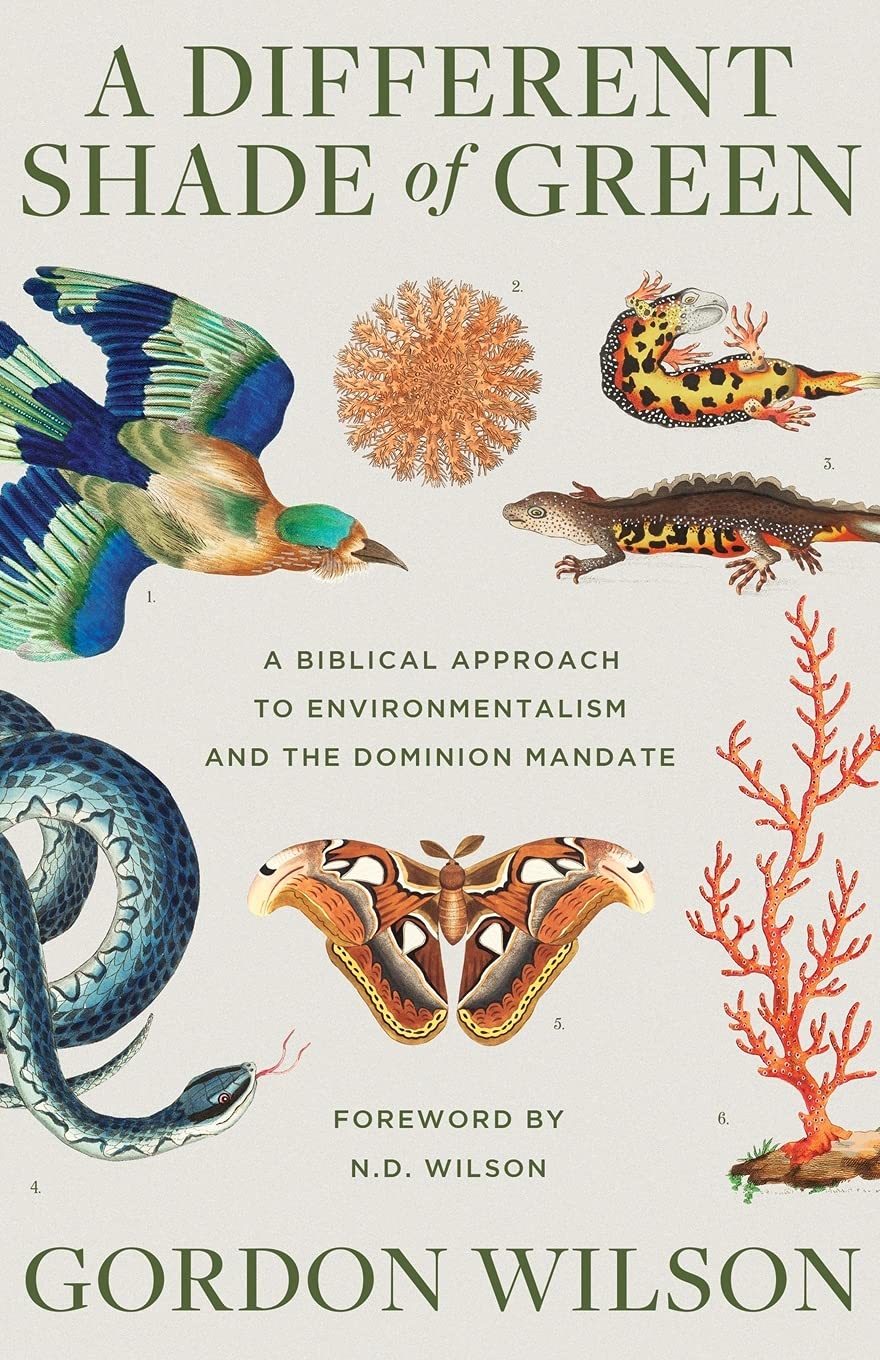Evolutionists have long had a difficult time trying to account for the development of cells with nuclei. The first step, of course, is to agree on a suitable ancestor. The popular choice is bacteria (prokaryotes) which typically have only a single circular chromosome lying free in the cell. Unfortunately there are numerous structural and metabolic differences between the assumed ancestors and presumed descendants. Various theories have been proposed to explain how this new cell type might have developed, but none has proved extremely satisfactory. Thus the old theories tend to get recycled. An explanation is accepted for a while and later falls into disfavour as another old theory is retrieved from mothballs. The problem is that none of these theories fits the observed facts very well at all.
It was biologist, Lynn Margulis from Boston University, who in 1967 began to promote an old but unpopular view. She suggested that certain prokaryotes had been engulfed by larger, more active species. Rather than being digested inside the host cell however, some ‘victims’ blandly continued to grow and thrive. Dr. Margulis speculated that a partnership of host cell with contained guests might have been successful. If the process were repeated, Margulis suggested, a full-fledged eukaryotic cell might be the result. The “endosymbionts” (guest cells living inside the host cell) in time perhaps became totally dependent upon their host cell.
At first this theory aroused opposition but by the early 1970s most biologists had come on side. To this day it has remained the established position. The discovery of small pieces of functional DNA inside mitochondria and chloroplasts, was said to prove that Margulis’ theory was correct. As a former Nobel prizewinner, Christian de Duve remarked in an article on the eukaryotic cell, “Proofs of the bacterial origin of mitochondria and plastids are overwhelming.” (Scientific American. April 96 pp. 50-57 see p. 51).
Dr. de Duve wrote his article to update the public on the latest refinements of the “endosymbiotic theory”. The article is interesting because it so clearly identifies problems with the theory. These problems the author glosses over – but the reader can judge for himself. For example, Dr. de Duve points out that microtubules which are so important to nuclear division, cell division and motility in eukaryotic cells, are completely unknown in prokaryotic cells. Concerning this, he remarks “The development of the cytoskeletal system must have required a large number of authentic innovations. Nothing is known about these key evolutionary events….” (p. 55) Nothing is known, we might add, except that these microtubule systems are irreducibly complex and need all component parts functioning if the cell is to survive. A spindle apparatus which does not work, certainly dooms any cell so inadequately endowed. Impossible events are not so easily accepted as having taken place.
Another major problem to which Dr. de Duve alludes is the fact that the vast majority of genes controlling mitochondria and chloroplasts are actually located in the central nucleus rather than in the organelles themselves. There must have been, says the author, a transfer of genes from the organelles to the host nucleus. This sounds all very fine until one realizes, says Dr. de Duve, that this event raised more difficulties than it solved. As a result of this transfer, proteins required by the mitochondria and chloroplasts are manufactured in the cytoplasm rather than inside the organelles themselves. Some fancy transport mechanisms are now needed to push or pull these products through membranes into the mitochondria and chloroplasts. The author comments on the problem of proteins in the cytoplasm: “These molecules had then to migrate into the endosymbiont to be of use. Somehow this seemingly unpromising scheme not only withstood the hazards of evolution but also proved so successful that all endosymbionts retaining copies of transferred genes eventually disappeared…” (p. 57) With a brief remark the impossible has been made to look like a fait accompli. Without appropriate compounds in the membrane and a complex transport mechanism, the proteins in the cytoplasm would be forever useless, excluded from the site where they could function. Also if such proteins were also being synthesized inside the organelles, why would there be selection for transport mechanisms from the cytoplasm?
If this theory, with its serious gaps and omissions, is the best that some cell biologists have at their disposal, then nobody can complain about those who reject all materialist explanations for the eukaryotic cell. Certainly there is nothing compelling about the endosymbiotic theory. Dr. de Duve seems unfazed that he has no information at all to support critical aspects of this theory. Earlier in the article he outlines a process of ingrowing membranes inside the host cell as a mechanism which might have formed the nucleus. This was the mechanism that the endosymbiotic theory was supposed to replace back in the 1970s. Another old idea was being recycled. When will the experts admit the obvious – that the eukaryotic cell is a marvelously designed “all-or-nothing” system? Materialistic theories don’t work because this cell type was created in detailed perfection.
Margaret Helder
December 1997
Subscribe to Dialogue







